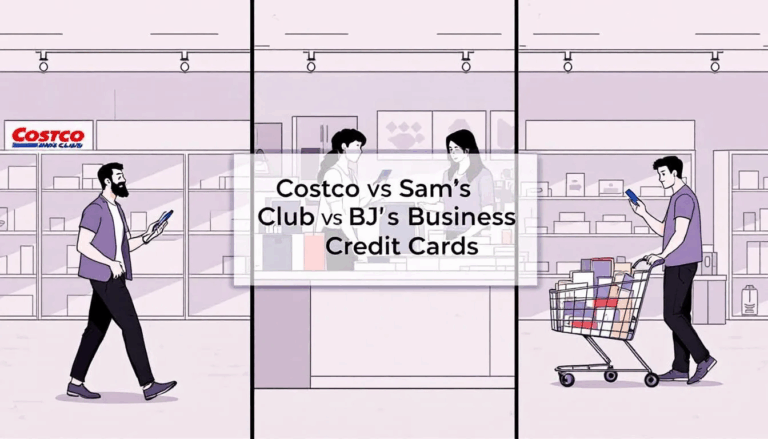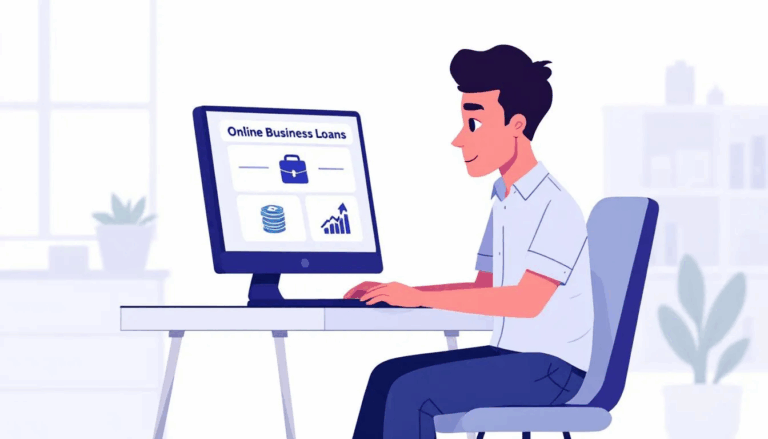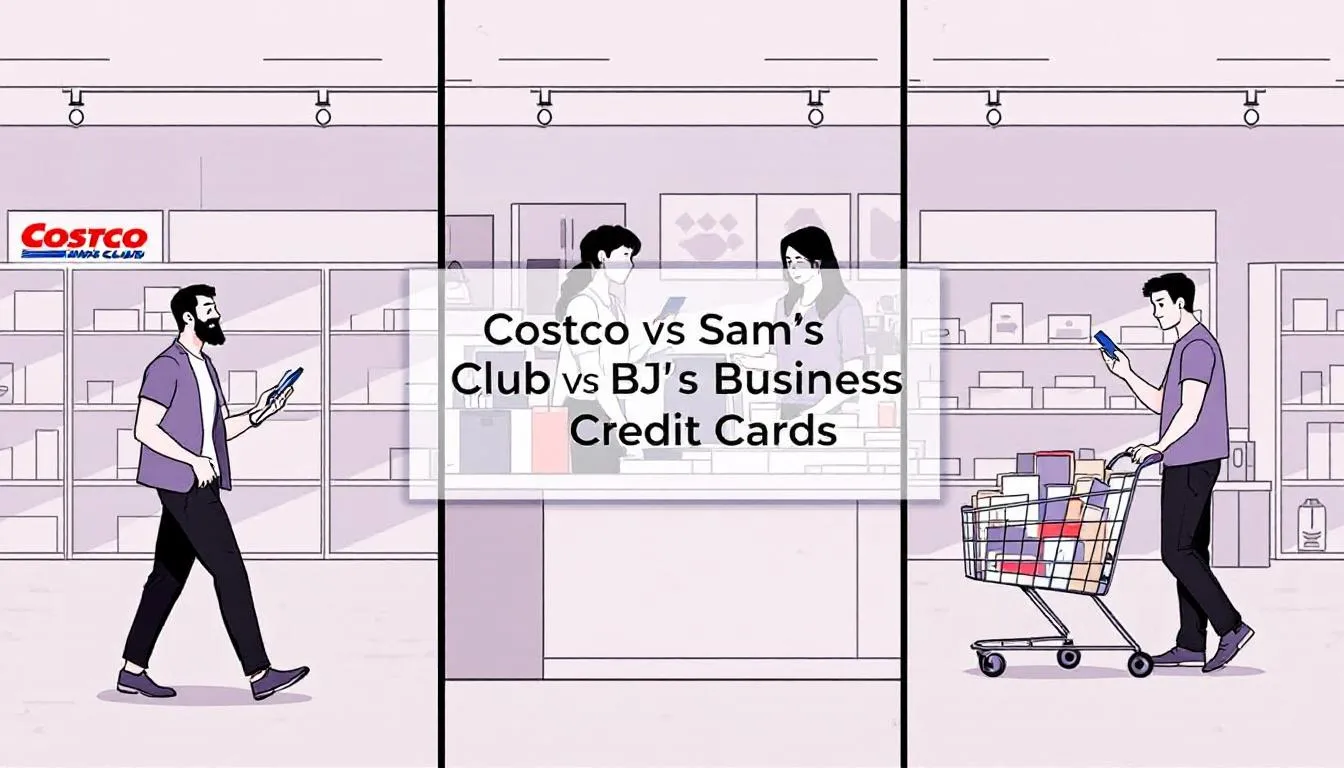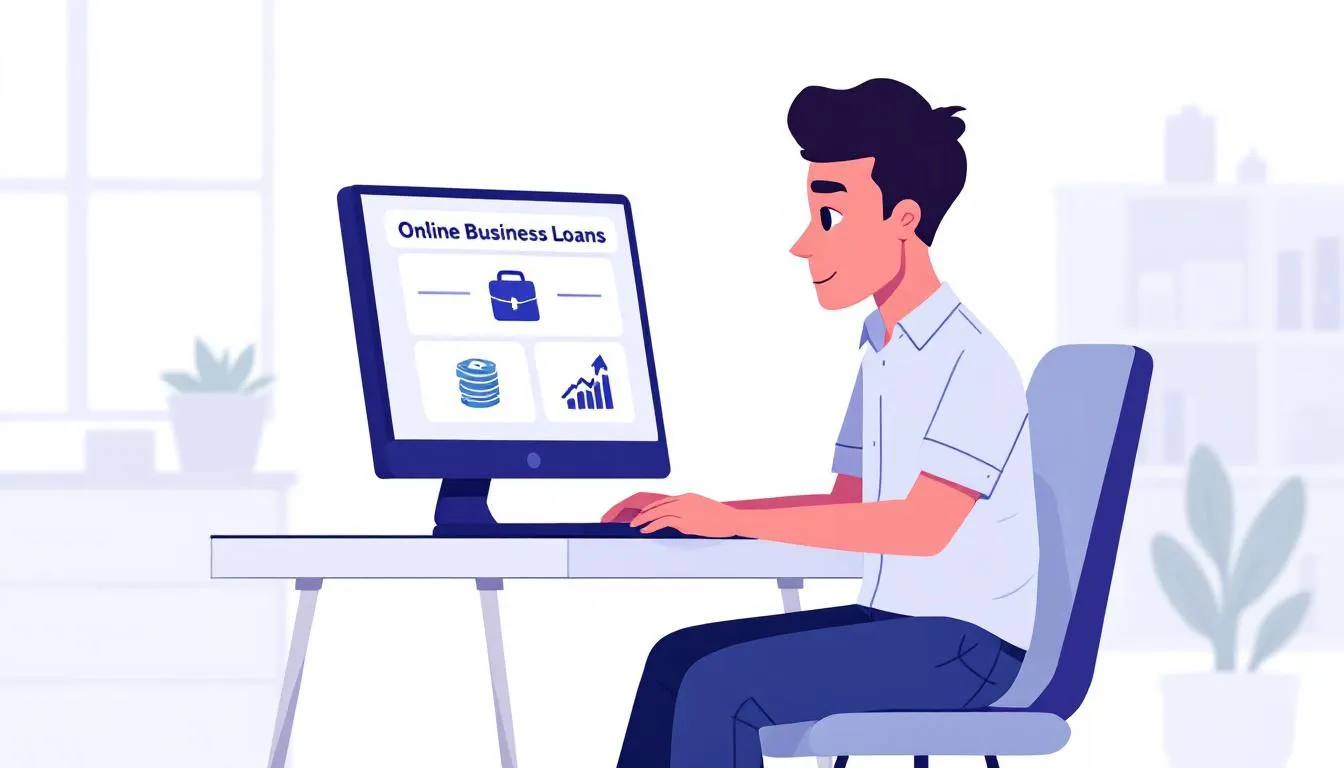How do you use the SBA Lender Match tool?
The SBA loan program is often considered the gold standard of small business loans.
Lender Match helps businesses find lenders. Lender Match allows business owners to fill out a quick online form without registering.
It’s essential to note that the tool does not guarantee a match, nor is it required to work with matched lenders. It is intended as a guide to available lending options.
How to use SBA Lender Match:
Step 1: Describe your business needs.
In this step, you’ll provide basic information about yourself and your business and answer some questions. You can answer a few questions about your business in as little as five minutes to use Lender Match.
Step 2: Get matched.
You can access a curated list of lenders who express interest in your loan within two days using Lender Match. You’ll get an email with lenders that match the criteria you entered in step 1.
Step 3: Talk to lenders.
The email should include contact information for the matched lenders. Lenders use credit scores to determine credit risk and interest rates for SBA loans. You can inquire about interest rates, terms, fees, approval requirements, prepayment penalties, and other details. Then you can compare lenders.
Some SBA-backed loans, such as the 504 loan program, require collaboration with a Certified Development Company (CDC). The lender match tool can also help you locate Community Development Corporations (CDCs) in your area.
Step 4: Apply for a loan.
Once you find an institution you like, you can begin the loan application process. It can take 45-60 business days to complete an SBA loan request and receive funding.
Preparing the required documentation and business finances before applying for an SBA loan is advisable.
Consider compiling the following before submitting a loan request:
-
Business bank account statements.
-
Personal and business tax returns.
-
Your business plan.
-
Any relevant licenses or certifications?
-
Loan amounts and how you plan to use the funds.
-
Collateral and credit history.
-
Industry experience.
What are my other options for finding SBA-approved lenders?
There are several strategies to help you find an approved lender, whether you’re starting from scratch or trying to narrow down the lenders listed in your email. Most SBA loans require good credit scores, but the exact minimum credit score requirement varies by lender.
-
Working with a loan broker or small business loan marketplaces (like UCS) can help match your requested loan with lenders.
-
Ask other business owners in your community.
-
Leverage an existing relationship with a bank or lender.
-
Search for preferred SBA lenders.
How do you apply for an SBA Loan?
United Capital Source can assist you in applying to an SBA-approved lender or through a community development financial institution, which provides funding and support for small businesses, by following these steps.
Step 1: Ensure You Qualify
You’ll need a credit score between 650 and 700 and a healthy, consistent cash flow to avoid being declined for an SBA loan. How you intend to use the money also plays a significant role. You’ll need a detailed plan of how the funds will help you invest in and grow the business. When preparing your business plan, consider how an SBA line of credit can help you manage cash flow more efficiently by reducing your cash cycle and improving overall liquidity for your business.
Step 2: Gather Your Documents
Be prepared to provide:
-
Driver’s License.
-
Voided Business Check (for business bank account information).
-
Bank Statements.
-
Credit Report/Statement of Personal Credit History.
-
Business Tax Returns.
-
Credit Card Processing Statements.
-
Personal Tax Returns – 3 Years.
-
Business Tax Returns – 3 Years.
-
Business Plan (Not in all cases).
-
Personal Financial Statement.
-
List of Real Estate Owned or Business Leases, if applicable.
-
Debt Schedule/Loan/Rent/Lease Documentation
-
Deeds/Title/Ownership documentation for any collateral/Security
-
Current Profit & Loss Statements and Balance Sheet Year-to-Date
-
A/R and A/P Reports
-
United Capital Source 1 Page Application
For specific SBA programs, such as monitored lines offered through the SBA 7(a) Working Capital Pilot program, you may also need to provide additional documentation or ongoing reporting to meet enhanced credit monitoring requirements.
Step 3: Fill out the application
You can begin the application process by calling us or filling out our one-page online application. Either way, you’ll be asked to enter the information from the previous section along with your desired funding amount.
Step 4: Speak to a representative
Once you apply, a representative will reach out to you to explain the repayment structure, rates, and terms of your available options. This way, you won’t have to worry about any surprises or hidden fees during repayment.
Step 5: Receive approval
SBA Loans through our network generally take 3-5 weeks to process and get approved. Once approved and your file is closed, funds should appear in your bank account in a few business days.
Frequently Asked Questions
Here are some of the most common questions about SBA Lender Match.
How can I use SBA Loan Funds?
One of the significant benefits of the SBA loan program is that it provides funding for most business needs. Examples of how you can use loan proceeds include:
-
Working capital to cover everyday business expenses.
-
Equipment financing to replace or upgrade existing equipment.
-
Commercial real estate purchases or significant facility improvements.
-
Funding growth and expansion, including hiring more staff.
-
Marketing and advertising to expand your brand and market share.
-
Refinancing existing business debt for lower monthly payments.
-
Access capital for significant business investment.
How do I find a lender for SBA Disaster loans?
The only loans that the SBA directly approves and funds are disaster loans, so you can’t use the match tool. Instead, when applying for an SBA disaster loan, you will follow these steps:
-
Visit the SBA Disaster Assistance website to check for a disaster declaration in your area.
-
Apply for a loan if you are in a declared disaster area.
-
Log in to check your status.
What are the pros & cons of SBA loans?
SBA loans are the gold standard of financing for small businesses, but they are not without downsides. The application process is often long and tedious, and borrowers must meet strict approval requirements.
Here are the benefits and drawbacks of SBA loans.
Pros:
-
High borrowing amounts – up to $5 million.
-
Low interest rates and extended repayment terms.
-
You can use the funds for various business purposes.
Cons:
-
Lengthy application and approval process.
-
Large amounts of paperwork.
-
It might require collateral.
-
It almost always requires a personal guarantee & down payment.
-
Strict eligibility requirements, including excellent credit.
What are my alternatives to SBA loans?
Unfortunately, SBA loans may not be suitable for every small business. Consider any of the following funding options:
SBA Lender Match Tool – Final Thoughts
SBA loans are the most beneficial and lowest-cost small business financing options available. Unfortunately, many small business owners are daunted by the application process, especially since qualifications vary between lenders.
The SBA provides its match tool as a convenient resource to help narrow your search. You can find lenders that most closely meet your business needs.
However, selecting the right financial institution from Lender Match or other search options requires connecting with them directly, asking relevant questions, and comparing lenders. The more research you do ahead of time, the better prepared you’ll be when applying for an SBA loan.
Contact us if you’re ready to apply for an SBA loan. We can help small business owners across the country connect with an SBA lender in our network.













